If you like to push your limits on the mountain bike - or even if you're just a bit accident prone - then a set of kneepads is an excellent investment. However, there are loads of different styles out there, so which kind of kneepad is best for you? Read on to find out.
- The best mountain bike flat pedals ridden and tested
- The best knee pads you can buy for mountain biking
- The best hardtail and full suspension mountain bikes you can buy for under £1500
[Updated 14th July 2020]
Knee pads are commonplace nowadays on the trails. Gone are the days when your only choices were either wear no protection at all or a don a plastic moulded shin length monstrosity and cross your fingers that it didn’t claim a majority of the skin from your legs by the end of the ride. The choice of knee pads is now vast so there is no reason you won’t find something to suit your needs. On the flipside though, the variety and choice can be a minefield, this is where we can step in to guide you through your options. If you are interested in the very best ones you can buy for your money, click here for our guide to the best mountain bike knee pads.
Why should I wear knee pads?
In short, skin on the knees isn’t that durable. Other reasons include; stitches hurt, the patella isn’t supposed to see the light of day and serious injuries will mean enforced time off the bike.
Kneepad durability, comfort and protection have all improved in vast steps recently, they are lighter, more breathable and better looking than they have ever been. You are now more likely to see people out on the trails wearing pads rather than not wearing them. It’s hard to predict when you will crash, in our experience it will likely happen on the most innocuous piece of trail and cause the most catastrophic injury!
Knee pad designs
In their most basic form, knee pads are all pretty similar, it’s a tube with padding on the front and sometimes on the sides. They are articulated so they flex well with movement and are designed to stay in place when things go wrong and you find yourself facing (or kneeing) the floor. Design features, aside from the obvious one to provide utmost protection to your knees and surrounding sensitive areas, are usually concerned with adaptions to keep the pads in place or involve creative ideas for their removal.
Some pads have an extended upper sleeve which serves to stop the pad slipping down and to cover the gap between shorts ending and knee pads beginning (this is colloquially known as the t**t gap - we'll let you figure that one out). An obvious example of this comes from Specialized in the form of their minimalist Atlas knee pads. Other brands focus on the easy removal of pads whilst wearing shoes, so rather than pulling the pads on and off akin to socks they have a side fastening (usually Velcro or a zip) enabling pads to be removed quickly and easily.
Although this might seem to be over-engineering it’s actually a pretty handy feature if you can find pads that don’t rub skin raw at the fastening and have good structural integrity and therefore stay in place during the crash. Ion K Pact Amp pads run a zip the full length of the pad on the outside of the knee. Dakine Anthem knee pads also feature this open back construction but this time the pad is secured with Velcro tabs instead of a zip.
How much protection do you need?
This is probably the most important question when buying your kneepads as more coverage, thicker padding and more secure fit all tend to have a impact in how bulky, hot and easy to pedal - or otherwise - a kneepad is.
- Lightweight – this kind of pads are made with the emphasis on reduced weight and a slim fit. They offer the least amount of protection when compared to other types of knee pads you can buy but will also be the least bulky. These pads are designed to make you forget you are wearing them and are made for all-day missions. They provide protection that is capable of fending off scrapes and preventing the loss of skin should you meet the gravel. A good example of this type of pad are the 661 Recon pads. We’d be happy in a lightweight pad when going out for an XC pedal or less technical spin.
- Trail – Trail pads are the middle of the road in term of knee protection, they are designed to be easy to pedal in also but you might find them slightly bulkier or hotter to ride in. The flip side to this is that they provide you with a great deal more protection than a lightweight pad. For a two to three hour ride, you’ll be happy pulling these up and forgetting them during the ups and the downs. Knee pads in this category are akin to this example from of the Trail Skins 2 from Dainese. These are the kind of pads we wear most often, they suit a majority of red and black trail centre trails and most singletrack riding.
- Heavy Duty – These pads offer the most protection, they will be built to withstand the biggest hits and provide the most coverage. Like the Fox Launch Pro knee pads (below), they will cover a large amount of skin and incorporate padding across nearly every surface. These will be the least desirable (but not impossible) to pedal in and will be the heaviest on the market. Some pads will also include shin protection, not only to protect during a crash but also to prevent rocks and pedals from striking the shins. We pop on a pair of these when we are hitting a downhill track or we are on an uplift session where maximum protection is necessary in the case of high consequence trail mistakes!
There are of course always those products that blur the lines between two of the above category. As you find these products you will have to assess each on its own merit.
Knee pad materials
In general mountain bike knee pads usually consist of foam inner, a hard wearing outer (neoprene or the like) and a plastic or foam pad over the crucial parts at the front of the knee. Other materials are also commonly used with D3O being one of them. D3O is a material that is flexible with high shock absorbing properties, it is soft and flexible when at 'rest' but on impact, the molecules lock together to dissipate impact energy and reduce transmitted force. RaceFace and 661 use this material amongst many others – look out for the D3O label denoting its use. Another popular design element is to use Kevlar in the outer fabric to provide an extremely hard wearing material which resists any amount of sliding along on your knees that you do.
What to look out for when buying kneepads
- Check the size guide and do the measurements (below the knee and above the thigh) before deciding which size to go for
- All knee pads are sized differently – if you can try before you buy then do
- Don’t place all the emphasis on keeping cool or looking cool - not getting hurt is pretty important too
- Spare a thought for how heavy the material might get when wet if you are thinking about pedalling all day








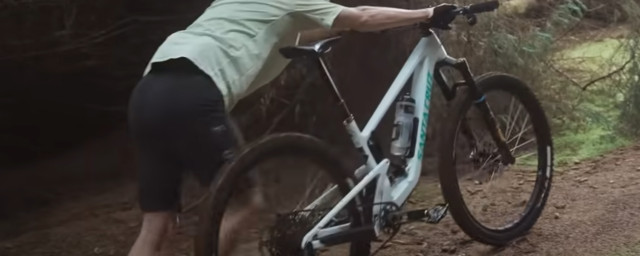
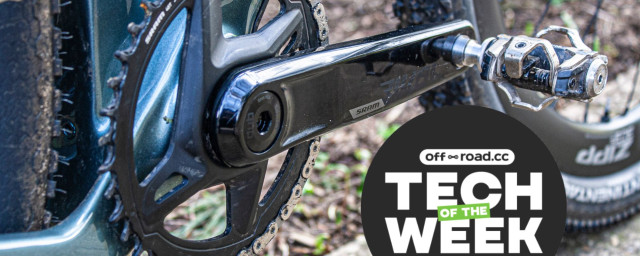
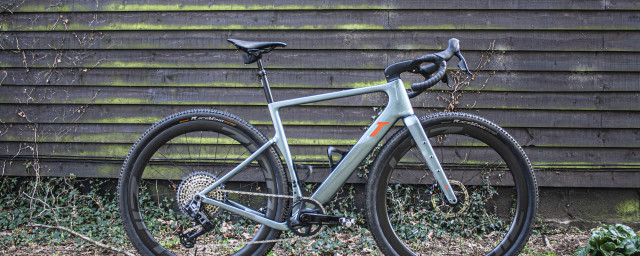
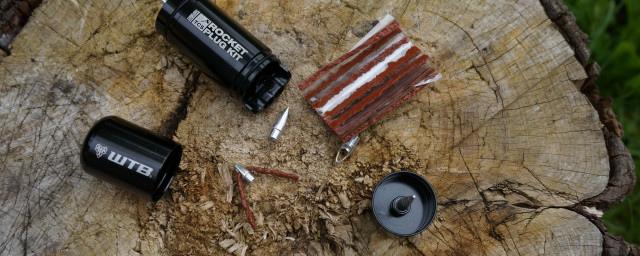
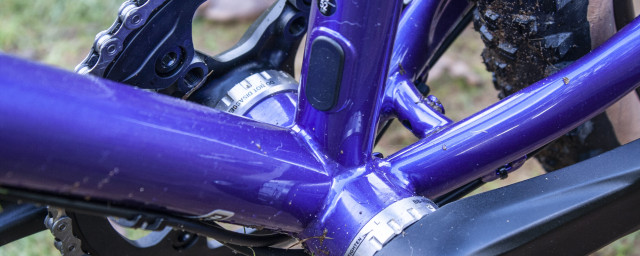
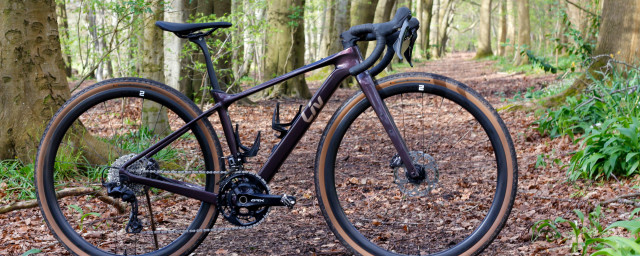
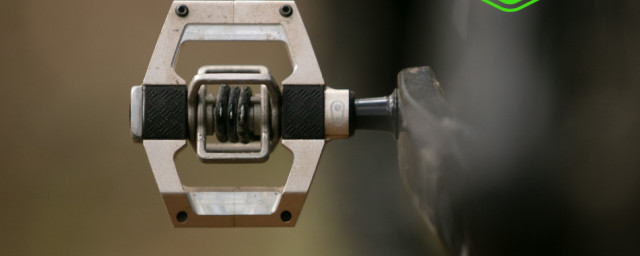

Comments
I had an early set of 661
I had an early set of 661 back that spent most of the time keeping my ankles warm and getting chewed by the chainring. I definitely need to buy some new ones but how do i know which ones will stay put and not ruck up behind my knee's. Are there any demo options Rachael? Will there be a review of the best options coming?
Hi, luckily for us Editor Jon
Hi, luckily for us Editor Jon is testing a new pair of the 661 Recon's so it will be interesting to see what he thinks once he's given them a proper going over. I don't know of anybody offering demo options but most shops should be happy for you to try before you buy, although I know walking around the shop isn't the same as grinding up a hill! There will be a 'Best of Knee Pads' feature to follow in the coming months which will involve a variety of brands and types of pads, keep an eye on the site and on Facebook
I had an early set of 661 back that spent most of the time keeping my ankles warm and getting chewed by the chainring. I definitely need to buy some new ones but how do i know which ones will stay put and not ruck up behind my knee's. Are there any demo options Rachael? Will there be a review of the best options coming?
[/quote]